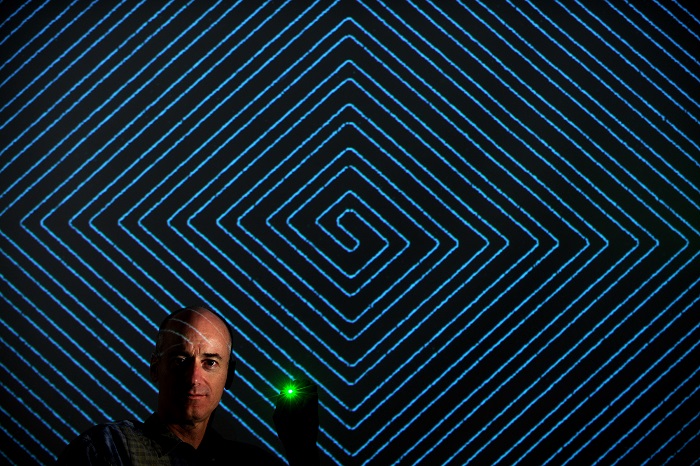A super-durable, nanowire-based battery material could lead to commercial batteries that will greatly lengthen the lifespans of computers, mobile devices, white goods, automobile, spacecrafts, and more.
University of California (Irvine) researchers are responsible for this breakthrough. Nanowires have long been sought after for use in batteries because the material is thousands of times thinner than a human hair, they’re highly conductive, and feature a large surface area for the storage and transfer or electrons.

The problem scientists have experienced thus far is that when nanowires are used in lithium-ion batteries, they tend to expand and grow brittle, which leads to cracking.
The UC-Irvine researchers believe they’ve solved this problem by coating a gold nanowire in a manganese dioxide shell, and then encasing it an electrolyte made of a Plexiglas-like gel. This unique combination has so far proven very reliable, and resistant to failure.
In terms of actual numbers, Mya Le Thai, a UC-Irvine doctoral candidate and the study’s leader, cycled the testing electrode up to 200,000 times over three months. During this time, there no loss of capacity or power detected, nor was there any fracturing of the actual nanowires.
“Mya was playing around, and she coated this whole thing with a very thin gel layer and started to cycle it,” said senior editor Reginald Penner, who is also chair of UCI's chemistry department. “She discovered that just by using this gel, she could cycle it hundreds of thousands of times without losing any capacity.”
“That was crazy,” he added, “because these things typically die in dramatic fashion after 5,000 or 6,000 or 7,000 cycles at most.”
The team believes the success of this combination is due to the goo plasticizing the metal oxide in the battery; this gives it flexibility which, in turn, prevents cracking.
“The coated electrode holds its shape much better, making it a more reliable option,” Thai said. “This research proves that a nanowire-based battery electrode can have a long lifetime and that we can make these kinds of batteries a reality.”
To learn more, read the published findings, entitled 100k Cycles and Beyond: Extraordinary Cycle Stability for MnO2 Nanowires Imparted by a Gel Electrolyte, in the American Chemical Society’s Energy Letters.
Via the University of California, Irvine
Advertisement
Learn more about Electronic Products Magazine





